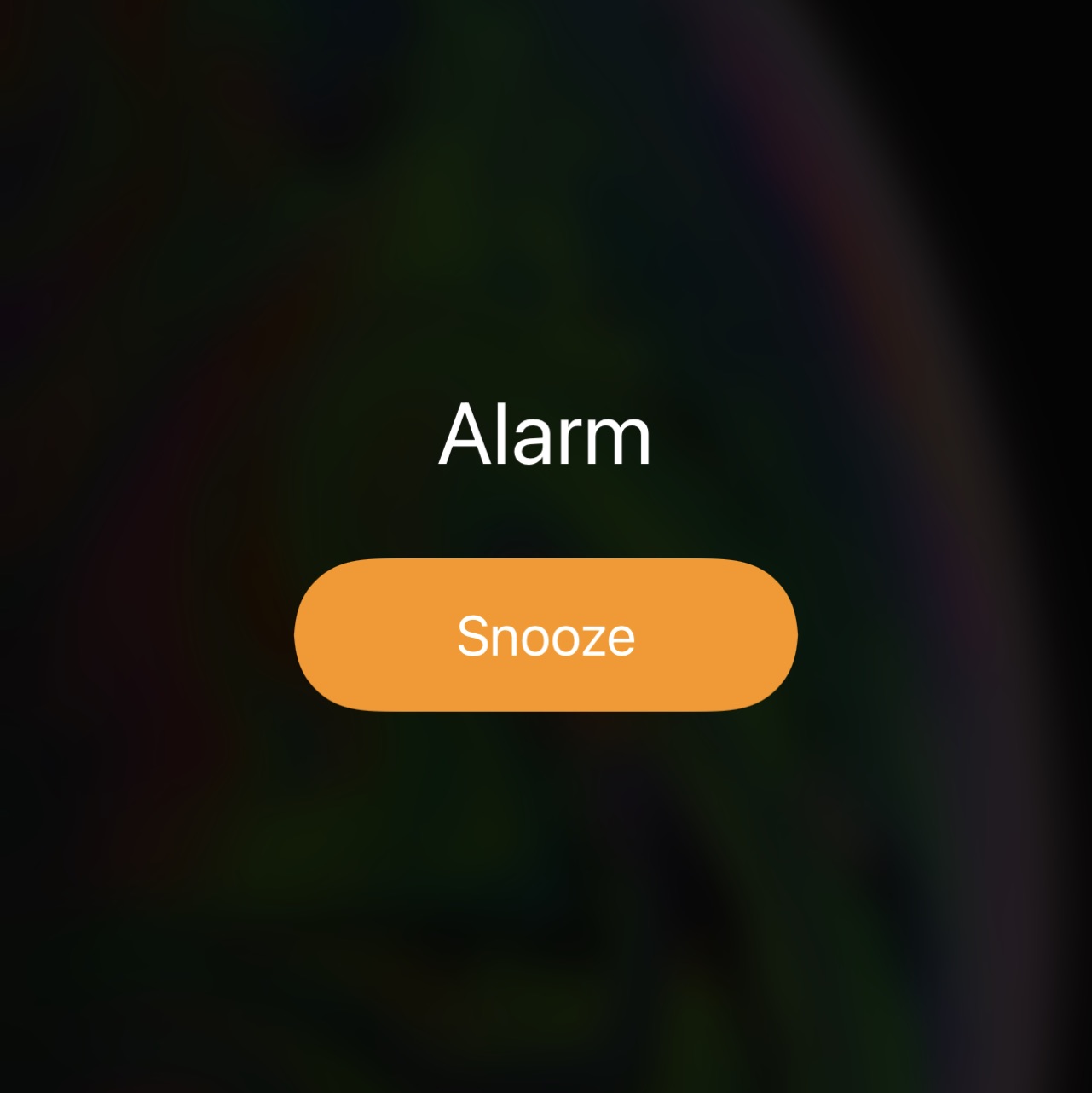
Demonsoh
No personal profile
247Follow
12Followers
0Topic
0Badge
Like please
Sorry, the original content has been removed
Like please
Nvidia: Execution Issues Surfacing Again With Its Downcast Q2 Guidance
Like please
3 Stocks to Avoid This Week
Like please
Tesla: No Competitor Yet From EV Startups
Like please
Sorry, the original content has been removed
Like please
Sorry, the original content has been removed
Like please
Sorry, the original content has been removed
Like please
Dow erases a 343-point rebound and turns red
Nth to comment
Sorry, the original content has been removed
Like and comment pls
S&P ends modestly lower as rising Treasury yields offset robust retail data
Like please
EV maker Lucid shares jumped 4% in morning trading
Like please
Sorry, the original content has been removed
Like and comment pls
Sorry, the original content has been removed
Like please
Sorry, the original content has been removed
Like please
Arqit Quantum Shares Up More Than 45% Wednesday
Like and comment please
Bitcoin Endured a Rocky Day. What's Behind the Selloff
Like please
Strategists Say the Stock Market Could Struggle This Fall. What to Buy Now?
Like please
Sorry, the original content has been removed
Like please
Sorry, the original content has been removed
Like and comment pls
Sorry, the original content has been removed
Go to Tiger App to see more news